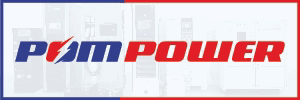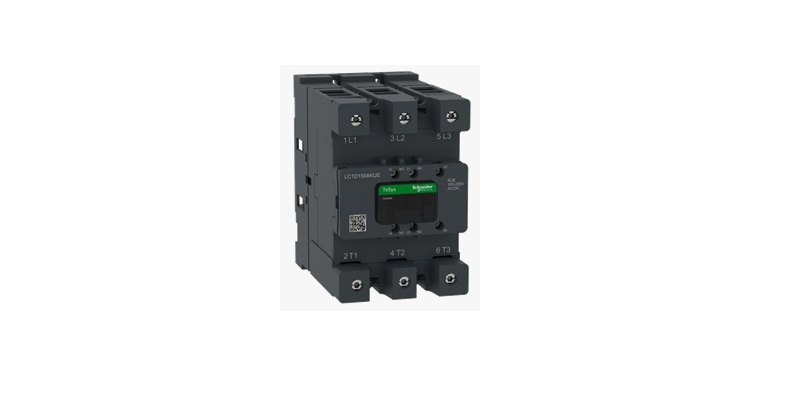Schedule a Call Back
Industrial Dust Control Systems
 Technical Articles
Technical Articles- Oct 21,10
 A brief outline of the various criteria for buying and installation of a typical dust control system
A brief outline of the various criteria for buying and installation of a typical dust control system
We cannot deny that, as practiced, the industrial dust control is not yet a precise science; rather it is an imperfect art. Perhaps, therefore, it is understandable that while even though much has been written, competent engineers are suspicious to quite an extraordinary degree of the principle and design criteria applied to dust control. The aim of this article is to demonstrate in brief, the application of dust control in industry in as simple a manner as is possible.
Basic Definition
The purpose of dust control systems is to control, collect and deliver, in a convenient form the particulate matters originally in an air or gas born state, which if not controlled, would constitute an unacceptable nuisance or loss or both.
Most dust control installation falls within four main fields of application:
- Control of nuisance dust generated by a production or handling process
- Control of waste particulate matter of combustion
- Control of particulate products in pneumatic conveying and handling systems, and
- Control of product in process system - e.g., drying, grinding, packing, etc.
 It can be readily understood that the different fields of application require different capabilities from any dust control system.
It can be readily understood that the different fields of application require different capabilities from any dust control system.
In approaching the problem of nuisance dust control, it must be realised that, as yet, there is often no absolute standard of dust control. Consequently, the degree of control required and equipment supplied are variable and are influenced by many factors, e.g.,
- Historical approach to working conditions of a particular factory or industry
- Labour - management relationships
- Obligatory standards of hygiene
- Intrinsic valve of product
- Viability and complexity of current production system
- Ability of available dust control techniques relative to problem
- Factory location
- Ethical motivation of management
- Capital available for investment, and
- Statutory obligations.
All these factors influence the degree to which dust control to be pursued. In many cases it will be deemed sufficient to treat the major sources of dust dispersion, in others, great efforts are made to obtain the highest degree of dust control. The companies attempting the complete solution, by their investment and co-operation with dust control equipment suppliers, contribute greatly to the progress in the field of dust control.
The Assessment
A good dust control system must satisfy several criteria:
- It must effectively control the dust within the workshop or plant served. This means that the design and position of hoods must be very carefully defined. The air entrained through the hoods must be correct volume, neither too low so that some dust escapes nor too high to result in excessive capital and power costs.
- The collector must be of correct size and type for the application. It must give collection efficiency so that the discharged cleaned air does not give rise to pollution. The collector must be able to operate whenever and for as long as it is required to do so, and never interfere with production nor give rise to excessive maintenance.
- Power costs must be as low as possible. This means the ducting must be designed to give minimum resistance to air flow at the same time striking a balance with the cost. The collector resistance will be right if the size was correct, The fans must be properly selected to give the optimum efficiency for the duty and condition under which they have to operate.
- No part of the system, whether through location, appearance or operation must create any nuisance or a problem.
The duct runs must be carefully laid out, the sitting of the collector to be decided only after all interest of management, workers, statutory authorities and local residences have been considered. The system must not create a noise problem, so the selection and position of fans is equally important.
User-Supplier Relationship
Both the user and supplier must contribute in formulating a satisfactory specification for the dust control system. The user knows the requirements of his process, the supplier knows the limitation of his equipment. The total knowledge and understanding of these two factors are the basis of a satisfactory specification.A truly satisfactory specification means no surprises, neither unpleasant nor pleasant, to either user or supplier when the system is installed and in operation. An inability or omission to discuss all relevant factors will only eventually result in disappointment because long after the supplier has left site, the user will be living with the system and its advantages and disadvantages. No matter what was claimed, before hand, the proof of the pudding is in the eating.
Completive Quotations
Not everyone is an expert in dust control, after all it is a specialist field. Many a Purchasing Officer or the Factory Manager is faced at one time or other with the task of buying a dust control system. The normal practice then is to call for competitive quotations from two or more dust control manufacturers, and to select the quotation considered in comparison the best buy. This is when the trouble starts, different dust control suppliers may have and do have different approaches to a problem posed. They may not all adopt fabric filters, for example.
If they do, they may offer different fabric filtration areas, even if they specify comparable air volume rates and yet that is a most important aspect, so what is the buyer to do?In this situation it is essential that the Purchasing Officer or Factory Manager compares the quotation, like with like and checks that the competitors' specifications are based on information relative to the application, common to them all. Some of this information will be supplied by the user; some will be supplied by supplier after site study.
The supplier experience, his product range and above all his knowledge would attribute to his quotation. The system specification is to be based on facts rather than assumption. Some assumptions may be unavoidable but they are to be made. It has to be clearly understood by all concerned, that they are assumptions based on sound reasoning and experience.
Comparison of Like with Like by Buyer
Each quotation is revenant to the particular project and it is possible to make an accurate comparison of the different schemes offered against their prices. When this is not clear, incomplete, or even evasive, question the supplier until you are satisfied and in a position to select the best buy. Given below are some of the critical points, which normally do not form the technical parameters, but are of equal importance for a trouble free use.
System Size: The air entrainment capacity, points served, how many new hoods are included or existing hoods are used.
Ducting: Is ducting designed with large radius bends, what is the entry angle of branch duct into the mains duct? The ducting needs to be balanced for even suction from various hood locations, how is this achieved? Is it pre balanced during the design stage before manufacture or is it that dampers are used on trial and error method during the commissioning? (Dampers are prone to operator misuse). Is ducting flanged for better seal and advantageous during maintenance, are inspection doors and supports included, how many and the design.
Collector: Is the quotated collector selected for intermittently or continuous use? What is anticipated collection efficiency is it guaranteed? What access is available to collector for maintenance, are the supports, walkways and excess ladders included? Minimum included dust hopper angle, and which method of collection of dust is used? Does emptying capacity exceed maximum anticipated dust burden? What pressure differential will collector case withstand?
Fan & Motor
In a centrifugal fan, what type of impeller is selected, what is the designed volume/pressure condition? What is the working efficiency? Is the fan direct or vee belt driven, what is the running speed and maximum permissible speed? Insist for fan performance curves for selected fan.Is the motor weather-proofed, what is the maximum starting load? Are the motor controls included, is all wiring included? Fans create the noise, is attenuator required?
Installation: Is supply and installation included in fixed price? Is collector delivered assembled or assembly on site, who is to supply tools/tackles, welding and gas cutting equipment and the unskilled Labour?
Commissioning: Is system formally commissioned by qualified engineers, will the test figures be made available. Will the operator training be provided? Will full operating and maintenance instructions provided? The detailed maintenance manual should include the specifications of all the bought out items used in the supply of the system, the recommended maintenance schedule and list of critical spares to be kept on site. Servicing: Is formal servicing agreement available? What spares are recommended, are they included in quotation? What servicing facilities are available in case of emergency?
( Anil (air) Pollution Controllers, Navsari, Gujarat. Tel: 02637-236484. Email: anilairpollution@live.com)
Related Products

Heat Exchanger Scale Removal Compound -hesr-300


Universal Tapping Machine -model Tr-10/15
Tapping
Machine Tools offers universal tapping machine -model TR-10/15.
Hi There!
Now get regular updates from IPF Magazine on WhatsApp!
Click on link below, message us with a simple hi, and SAVE our number
You will have subscribed to our Industrial News on Whatsapp! Enjoy














